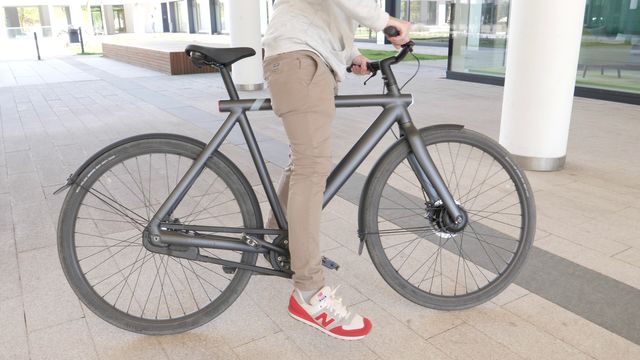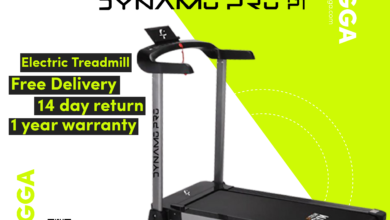E-bike battery: is only the range important?

Another important question in the e-bike test deals with the battery. Because the range of the battery is an important argument for many buyers of e-bikes. However: The right bike from the e-bike test cannot be found with the range of the battery alone. Numerous other factors relating to the rechargeable batteries, which nowadays usually consist of lithium-ion, are decisive.
The battery of an e-bike is more important than you might think at first. Because the electric bike only performs with the battery. While the model is not the focus of an e-bike test, this is the case when retrofitting your own bike with a battery. Because the battery must be compatible.
Much more important when buying a new e-bike, however, are the energy content, the charging time and the range of the batteries. The energy density of a battery is usually given in watt hours (Wh). This is calculated by multiplying ampere hours (Ah) by the operating voltage (volts).
Depending on the area of application, 300 to 500 watt hours should be sufficient. If you are mainly on the road in the city, you should get by with 300 watt hours – especially if there are opportunities for regular charging. If you occasionally go on a tour into the countryside on Sunday or plan another trip on flat terrain, you can usually get there with a 400 Wh battery. On the other hand, if you travel a lot in hilly terrain, you should choose a battery with 500 watt hours.
In an G-Force g14 e-bike test, on the other hand, the range is usually given in kilometers. This value shows how long the user receives support for a complete charge with the e-bike motor. When the energy of the battery has been completely used up, the motor can no longer work either. The range of a rechargeable battery is therefore influenced by the energy content, as well as numerous individual factors such as the weight of the driver, the surface of the route, pedaling behavior and tire pressure. That is why the specified range in an e-bike test is only a guide value, as there are numerous influences on this value.
Of course, you should also take a look at the charging time of the batteries during the e-bike test. Example: If you like to drive long distances, but can easily recharge in between, a quick charger is ideal for you. The battery size is then secondary. Basically, the following applies: it is not only the specification of the battery range that is decisive in an e-bike test, especially taking into account the many personal influencing factors that cannot be calculated across the board.
Weight
The weight of the hybrid bike is also a factor to consider in an e-bike test. The weight of an electric bike is decisive for four main reasons:
Firstly, every gram of the bike plays a role on a longer tour in the countryside when the battery says goodbye. If only your own muscle power is available, the difference between 17 or 30 kilograms of weight can be felt on every kilometer traveled.
Second: Pay attention to the weight of the e-bike when using the bike rack on the car! If you are planning a tour with children and several electric bikes, you should make sure that the total weight of the bikes even fits the existing bike rack. A little tip at this point: the battery and other easily removable attachments should be removed beforehand and transported separately in order to relieve the bike rack.
Third: Another important point in terms of weight is sometimes the maximum driver weight. Because this can also have an important influence when buying a new e-bike. That’s why you shouldn’t neglect this point in an e-bike test.
Fourth: If you use e-bikes on public transport, you cannot always rely on a working elevator. Then the e-bike has to be carried.




